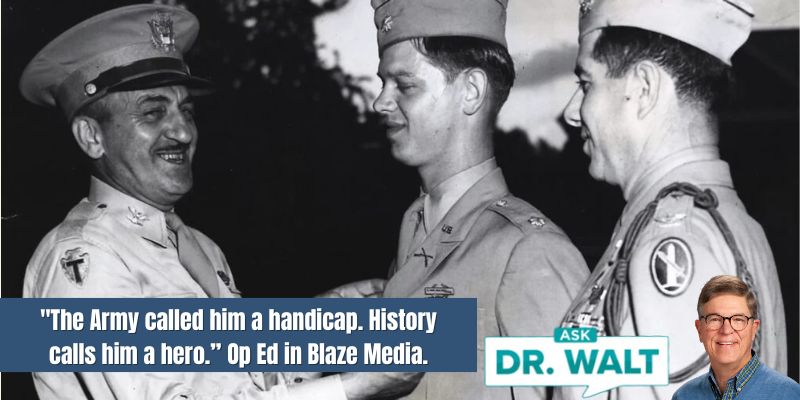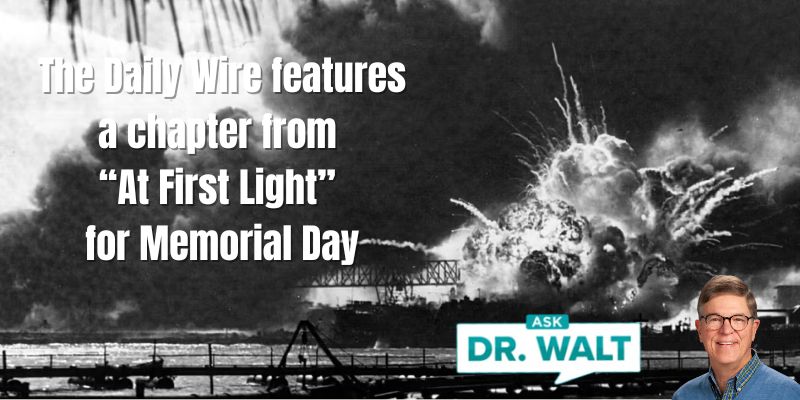
August 3, 1944 — A final summary of the Italian Campaign (Part 2)
August 3, 2024
August 5, 1944 — Phil writes home, “Please leave the Vienna sausage out from now on!”
August 5, 2024August 4, 1944 — The coming D-Day to be dramatically different from the 3rd ID’s previous four D-Days
While the amphibious operation against the Riviera coast was to be their fifth major landing against a hostile shore by the 3rd Infantry Division, and the seventh for the 2nd Battalion, 30th Infantry, the operation was by no means a purely routine performance. There were several important ways in which it differed from past operations.[1]

In the past, certain elements of surprise had been mamjor features of the success of our landings. … The enemy could reasonably assume that we had employed all our major new tricks in the all-important Normandy invasion and had no surprises in store. In that event we had to depend solely on the surprises of time and place.
For the first time in its experience, the Division was faced with a daylight landing. This called for changes in many of the plans which had previously been successfully employed in night landings.
There was clear evidence that the enemy had constructed offshore obstacles along the Division’s beaches, which had never been encountered on any previous operation.
The tremendous concentration of shipping in the Naples area preceding our attack, and the shifting of the bulk of our strength to Corsica, combined with the limited area of coast upon which we were likely to land, minimized our chance for obtaining surprise. Added to this problem was the tremendous difficulty of maintaining security on the Italian mainland, where the majority of the planning and mounting was done.
All these factors, weighed together, meant only one thing—that we could not depend on surprising the enemy with small, scattered landings, but would have to plan on stunning him with all the firepower and concentrated mass of men and material that we could direct against a small number of close grouped beaches. The naval gunfire and air support plans were coordinated with the Division’s own attack plan to achieve this effect, but this in turn fitted into the Corps scheme to maneuver, which contemplated putting more infantry battalions ashore at H-hour than were put ashore in the Normandy landing.[2]
[1] Taggart, 201.
In case you haven’t read or listened to Dad’s book, you can learn more or order it here.
© Copyright WLL, INC. 2024.




